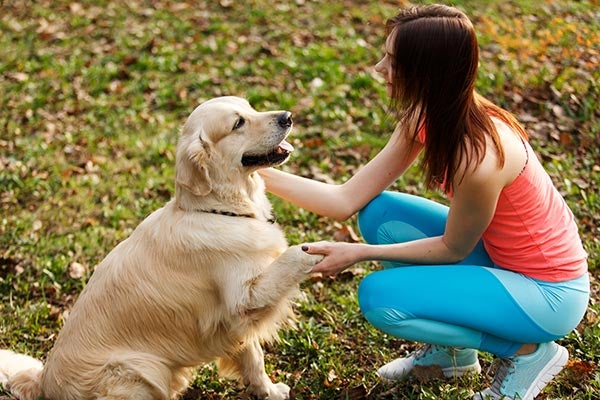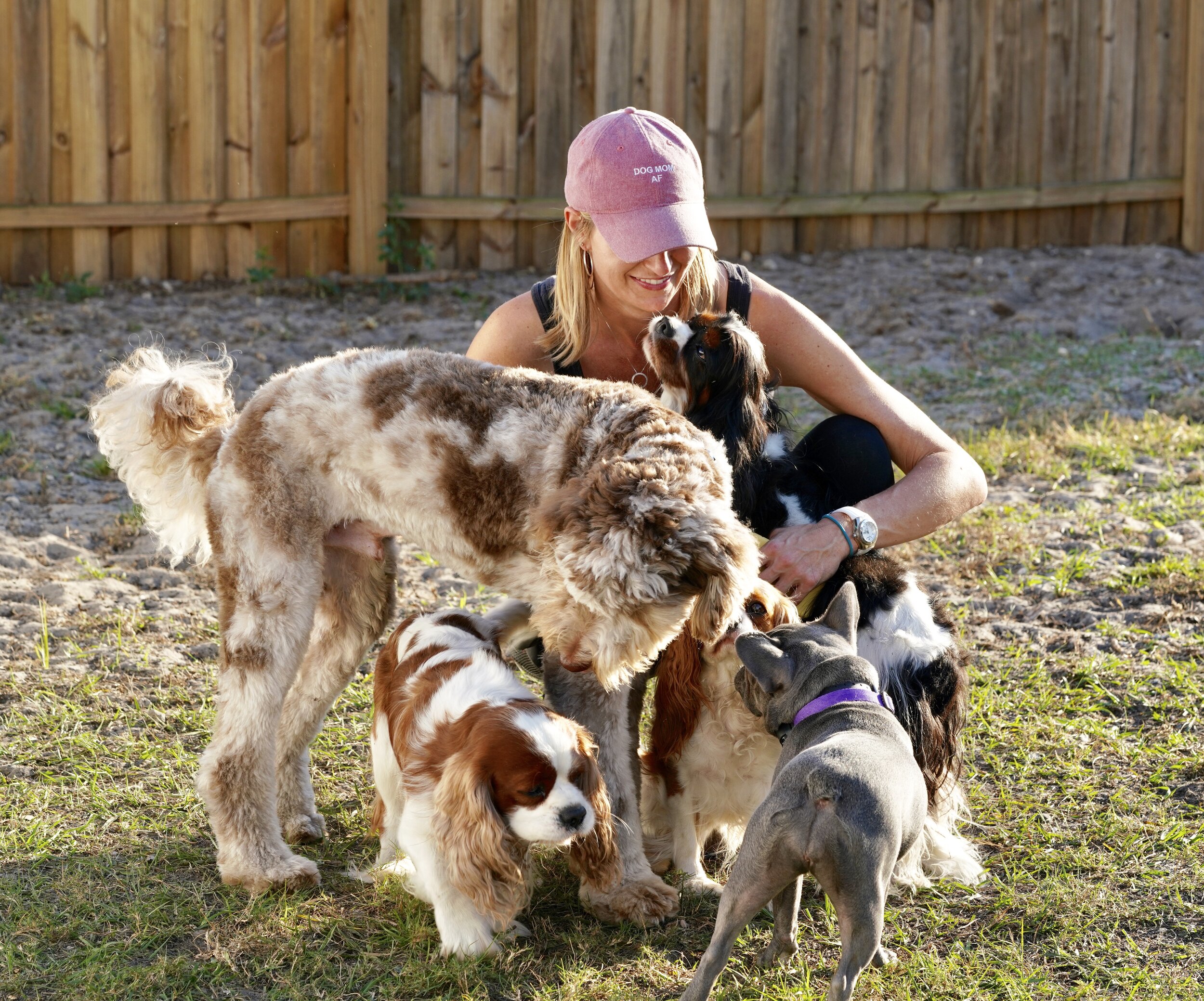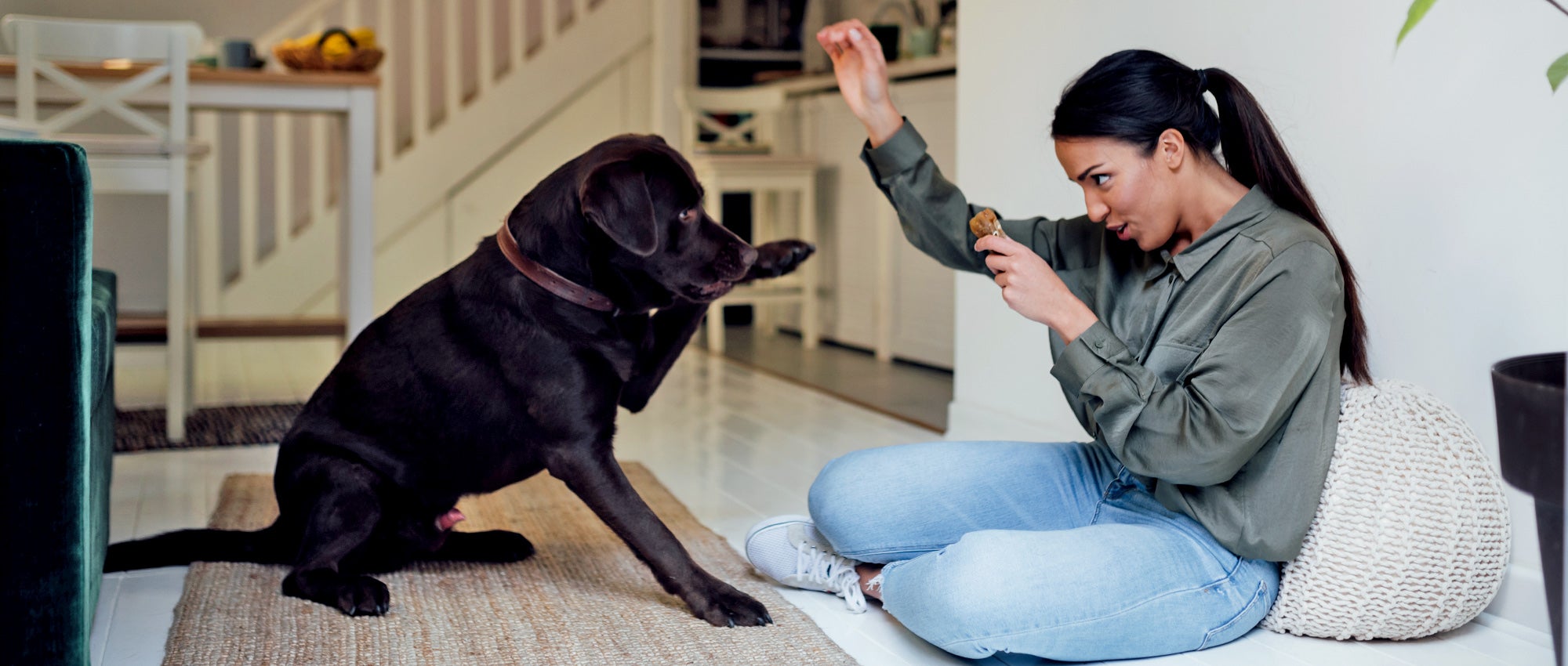Step-by-Step Approach to Dog Training: Simple Tips for Every Dog Owner
Step-by-Step Approach to Dog Training: Simple Tips for Every Dog Owner
Blog Article
Leading Canine Educating Techniques Every Owner Ought To Know

Positive Reinforcement Techniques
Utilizing favorable reinforcement methods is crucial for effective canine training, as it promotes a trusting bond between the pet dog and the trainer. This method concentrates on satisfying desirable actions instead of punishing undesirable ones, developing an atmosphere conducive to learning. Benefits can consist of treats, appreciation, or playtime, which motivate pet dogs to repeat the actions that make them these rewards.

Moreover, this technique enhances the canine's excitement for training sessions. They are more involved and receptive when canines link training with positive experiences. Dog training. Past immediate habits adjustment, favorable reinforcement urges a collaborative connection in between the dog and fitness instructor, lowering anxiousness and fear
To make the most of efficiency, it is critical to supply incentives promptly, ensuring the dog connects the behavior with the reinforcement. Fundamentally, positive reinforcement techniques not just produce better-trained pets yet additionally advertise a harmonious collaboration in between pet and proprietor.
Clicker Training Technique
The remote control training technique is an extremely efficient method that builds on the concepts of favorable support by including an unique noise to mark preferred habits. This technique uses a little portable gadget that creates a clicking noise, enabling trainers to communicate with their dogs in a clear and immediate manner. When a pet executes an actions that the proprietor wants to motivate, the clicker is activated, followed by an incentive, typically in the form of deals with or appreciation.
The secret to successful clicker training hinges on uniformity and timing. It is vital to click at the precise moment the desired actions occurs, ensuring that the pet links the audio with the action and the subsequent benefit. This approach not just improves communication but additionally promotes a stronger bond between the pet dog and the owner, as it urges interaction and interaction throughout training sessions.
Clicker training can be put on a range of commands and habits, from fundamental obedience to much more intricate techniques. Its versatility and performance make it a preferred strategy amongst expert instructors and pet owners alike, leading the way for a receptive and well-trained canine companion.
Chain Training Essentials
Reliable leash training is important for guaranteeing a pleasurable and secure strolling experience for both canines and their owners. Dog training. Chain training must begin early and be come close to with patience and uniformity. Beginning by selecting a suitable chain and collar or harness. A flat collar may help some canines, while others may benefit from a harness that minimizes pulling.
Present your pet dog to the chain slowly, enabling them to discover it in a comfortable atmosphere. This includes gratifying your pet dog for walking next to you rather than drawing in advance.
If your dog starts to draw, quit walking immediately. Wait until they return to your side prior to resuming. This educates them that drawing does not lead to progress. In addition, technique numerous strolling his response atmospheres to assist your pet dog adjust to distractions.
Routine technique will strengthen your dog's understanding of leash etiquette. Bear in mind that chain training is an ongoing process; persistence and uniformity will certainly generate the most effective results, promoting a favorable experience for both you and your canine buddy.
Socializing Methods
Socialization is an essential aspect of pet training that must ideally begin during puppyhood yet can be helpful at any type of age. Effective socializing aids pet dogs establish self-confidence and minimizes the probability of behavioral problems. To implement successful socializing techniques, reveal your canine to a selection of environments, individuals, and various other animals.
Beginning with controlled setups, such as puppy courses or organized playgroups, where young dogs can connect safely. Progressively introduce your pet dog to new experiences, consisting of different sounds, surfaces, and activities. Make certain these encounters are rewarding and positive to develop a sense of security.
For grown-up dogs or those doing not have direct exposure, begin with low-stress scenarios. Short, favorable interactions with calm pets and friendly people can develop positive associations. Make use of treats and praise to strengthen preferable habits throughout these experiences.

Uniformity and Persistence
Acknowledging the significance of uniformity and perseverance in pet dog training is vital for achieving lasting outcomes. Educating a canine is a gradual procedure that needs a structured strategy and unwavering dedication from the owner. Each command or habits must be enhanced constantly to help the pet comprehend what is expected of them. Irregular training can result in confusion, making it tough for the dog to understand commands or behaviors, eventually preventing development.
Canines, like humans, discover at their very own speed. This promotes a relying blog here on connection in between the canine and owner, encouraging a more passionate and willing student.
To grow uniformity and patience, develop a regular training routine, make use of the same commands, and guarantee that all relative use the same training concepts - Dog training. By doing so, you create a secure setting for discovering, allowing your canine to establish and flourish right into a well-behaved companion
Final Thought
Finally, reliable canine training strategies, such as positive support, remote control training, and appropriate chain training, are crucial for fostering a healthy and balanced owner-dog partnership. In addition, carrying out socialization approaches and maintaining consistency and perseverance throughout the training procedure contributes dramatically to a canine's overall wellness. By integrating these methods, canine proprietors can promote the development of well-adjusted, obedient pet dogs, eventually boosting the lifestyle for both the dog and the proprietor.
Among the most famous approaches are positive reinforcement, clicker training, and leash training, each offering one-of-a-kind advantages that contribute to a mannerly pet dog. As we check out these fundamental techniques, it becomes obvious that mastering their nuances can substantially affect the training experience and the dog's total behavior.Using positive support techniques is vital for effective canine training, as it fosters a trusting bond in between the fitness instructor and the dog.In final thought, efficient pet training strategies, such as positive support, remote control training, and proper leash training, are vital for promoting a healthy and balanced owner-dog relationship. By incorporating these methods, dog proprietors can promote the advancement of well-adjusted, loyal animals, eventually improving the top quality of life for both the pet dog and the proprietor.
Report this page